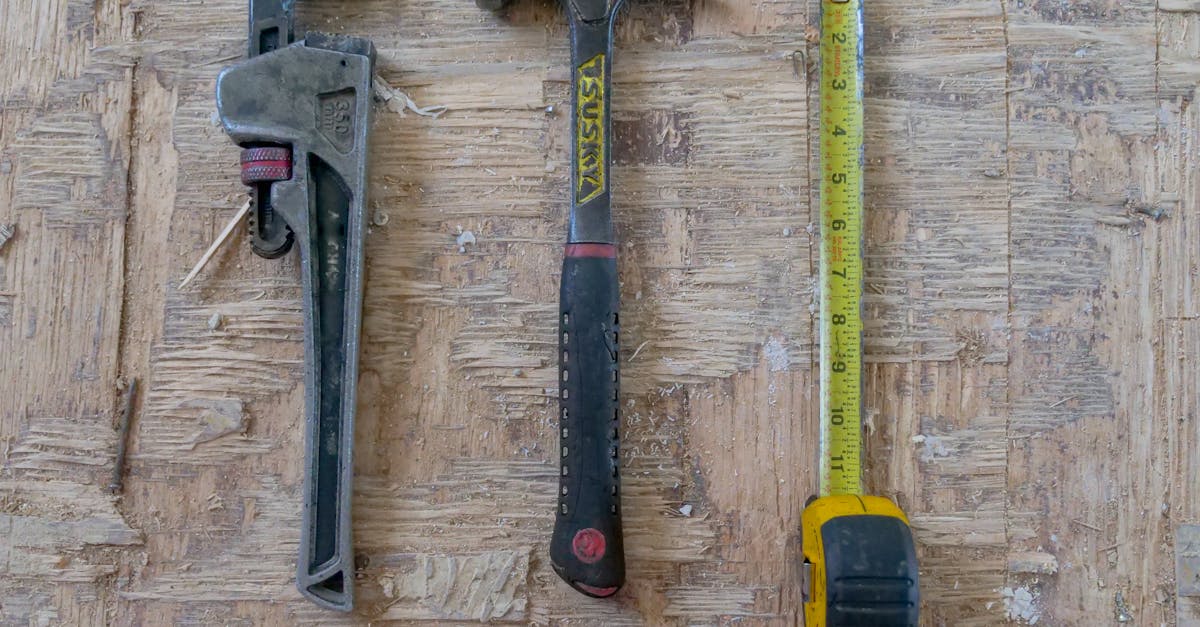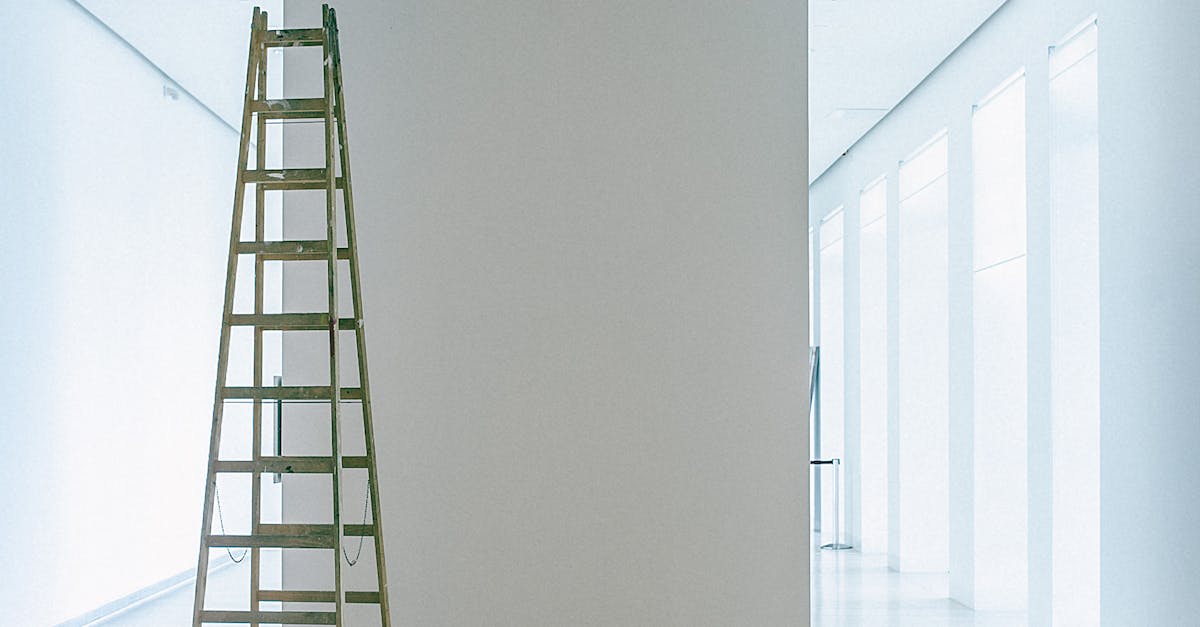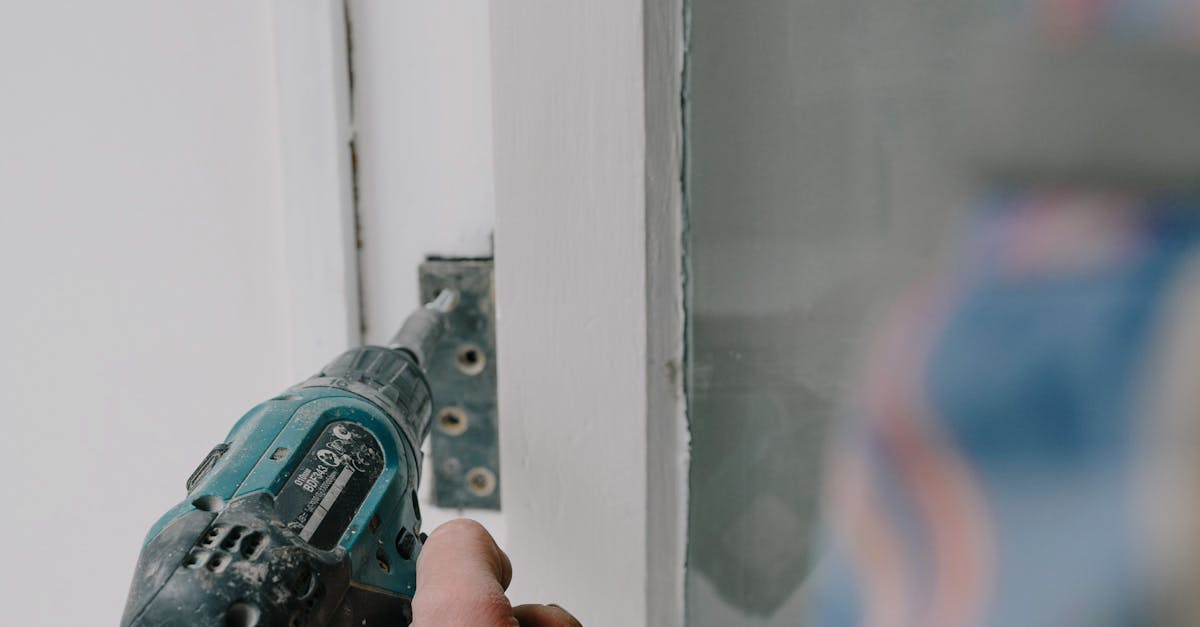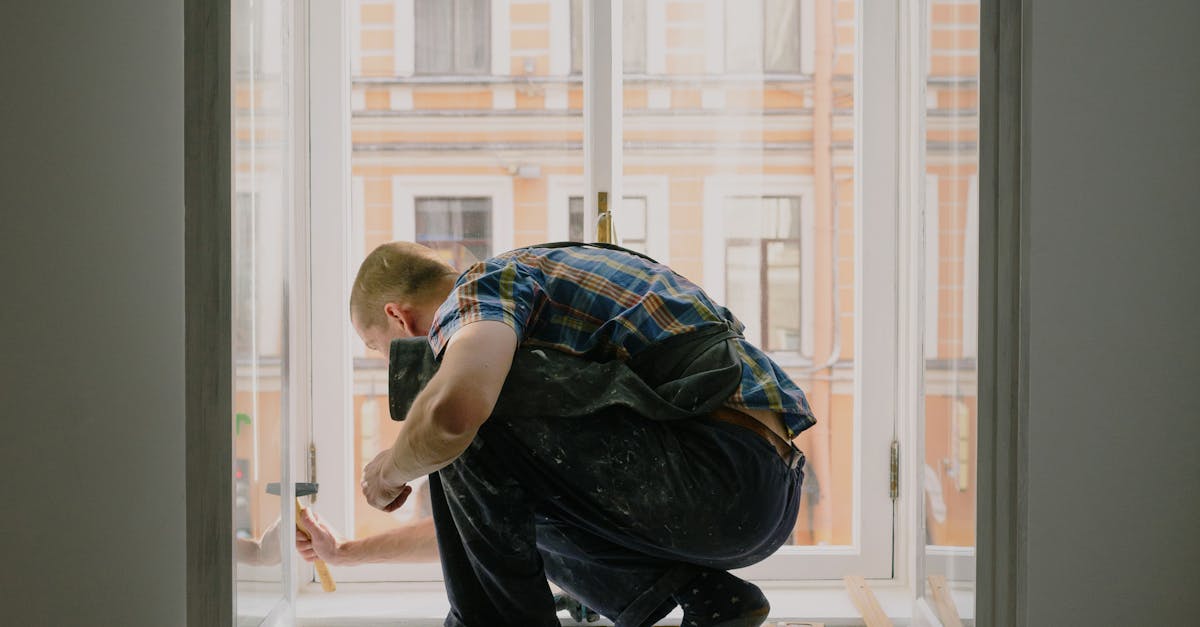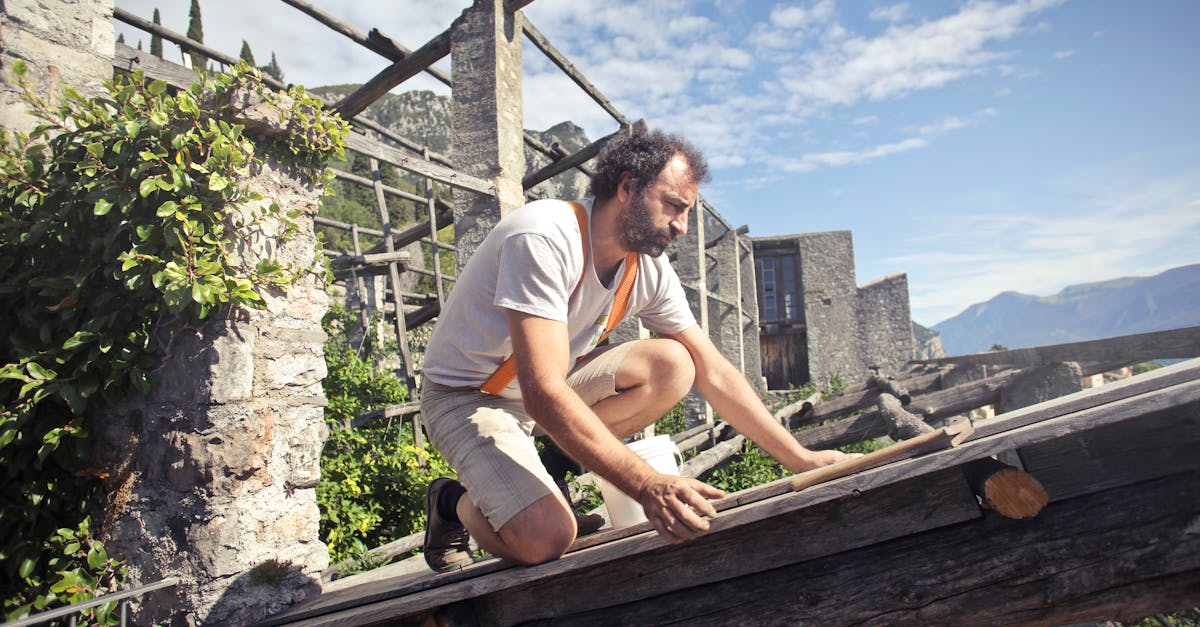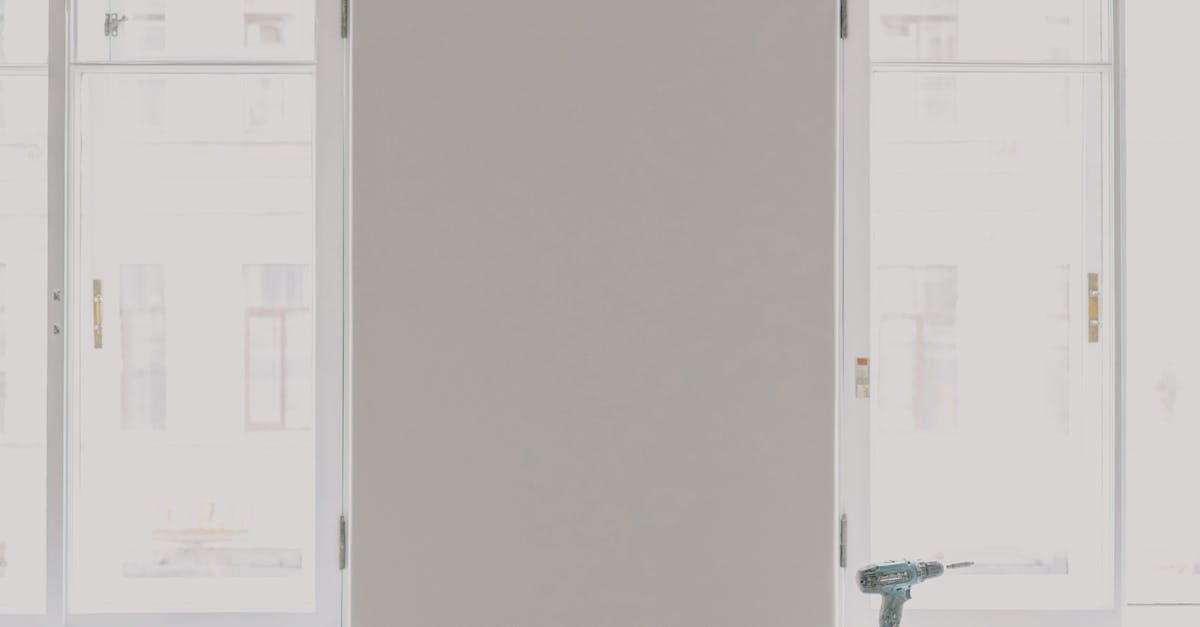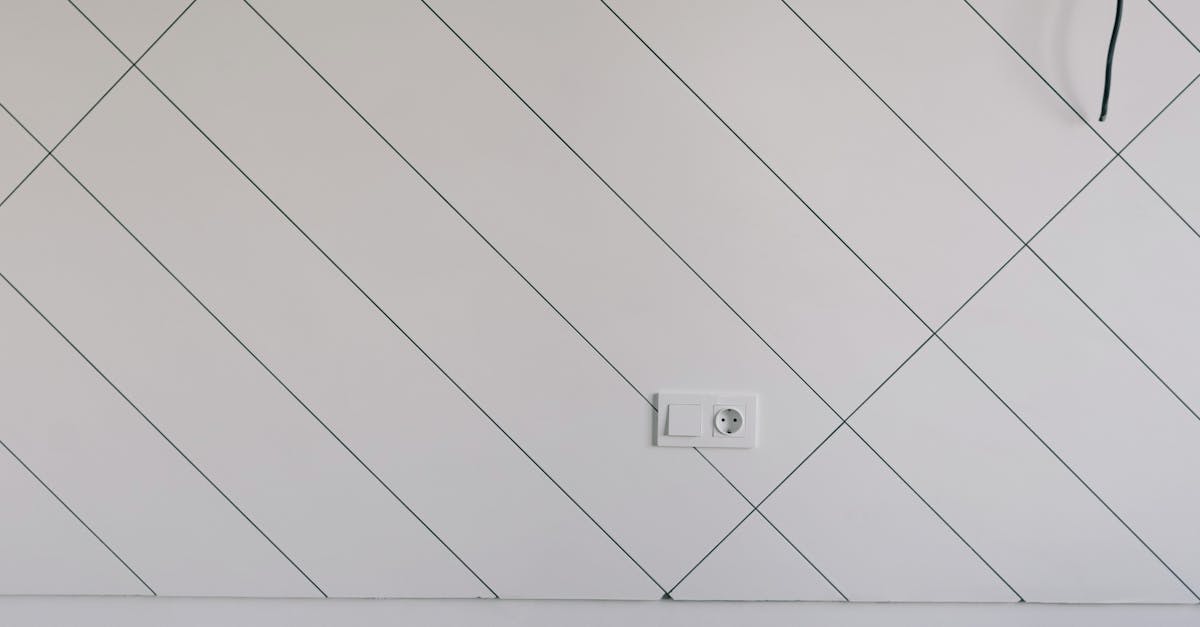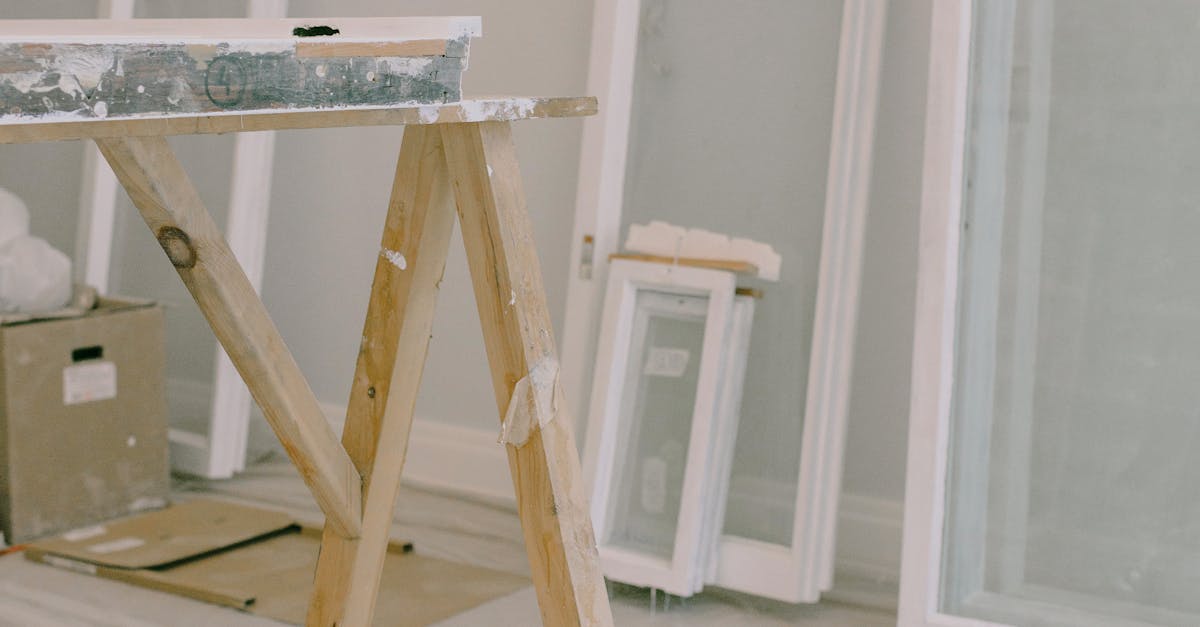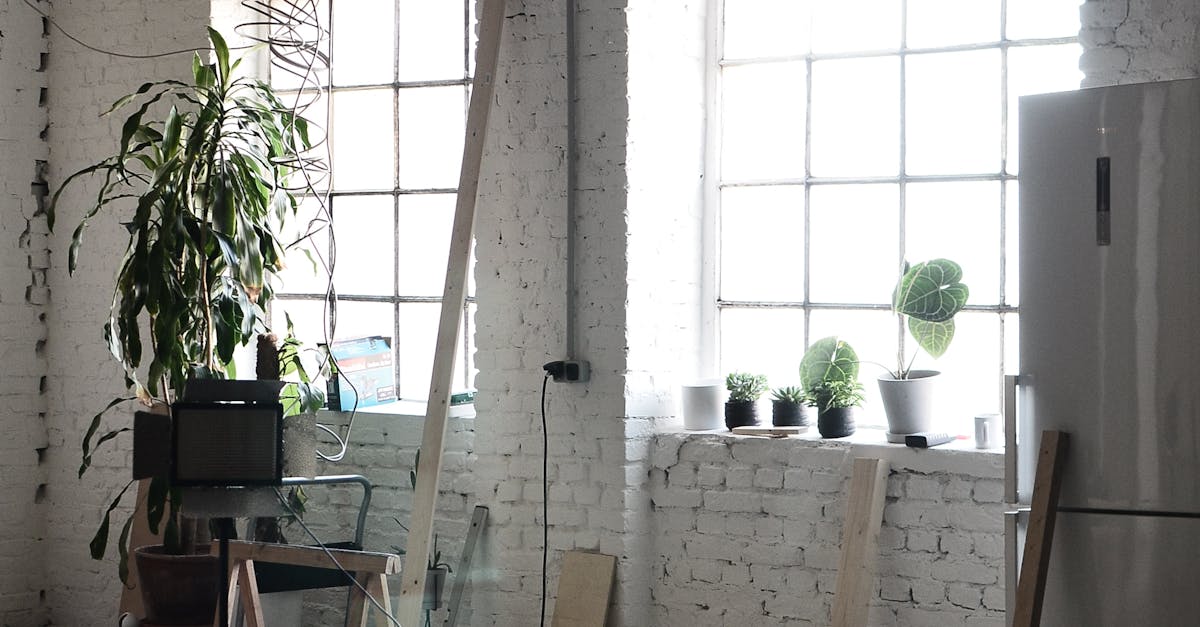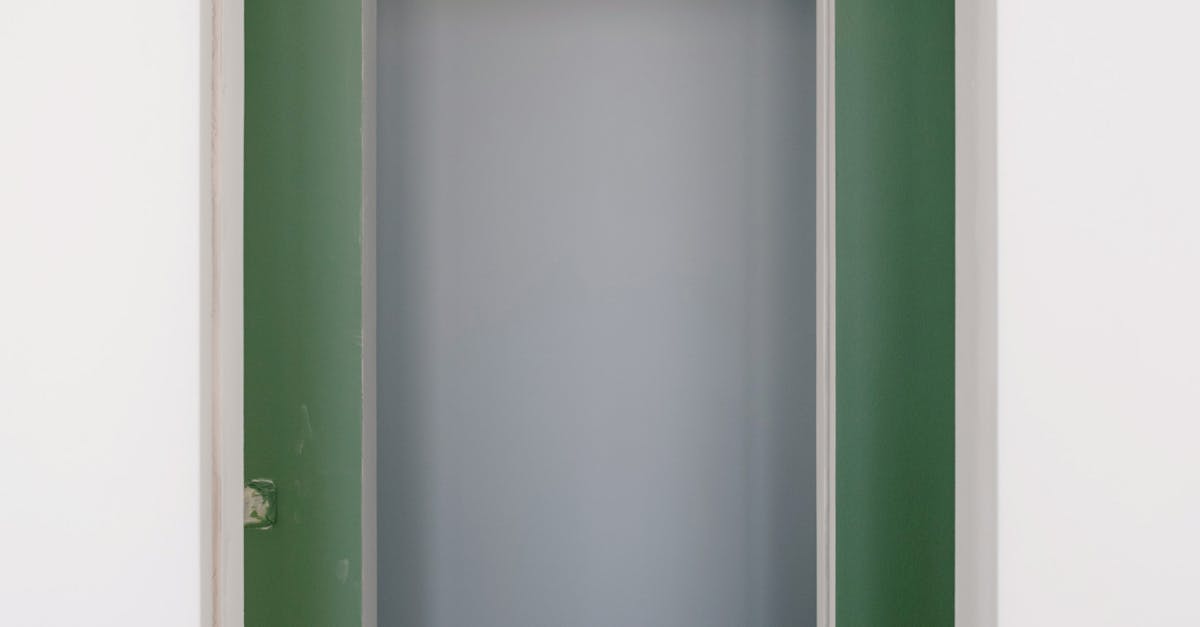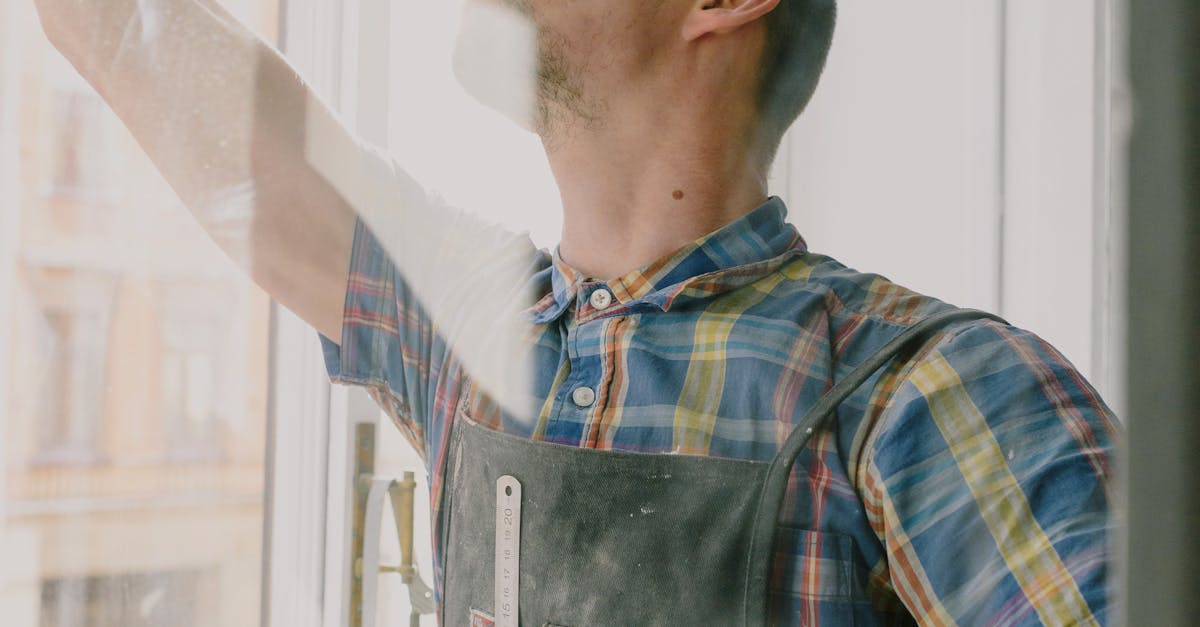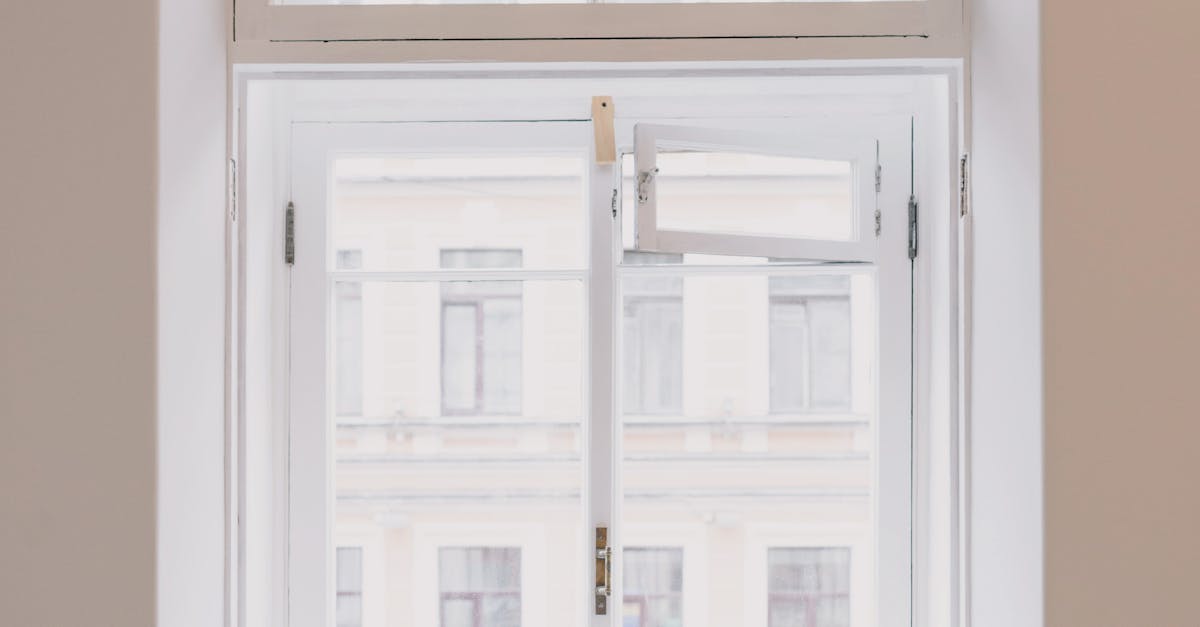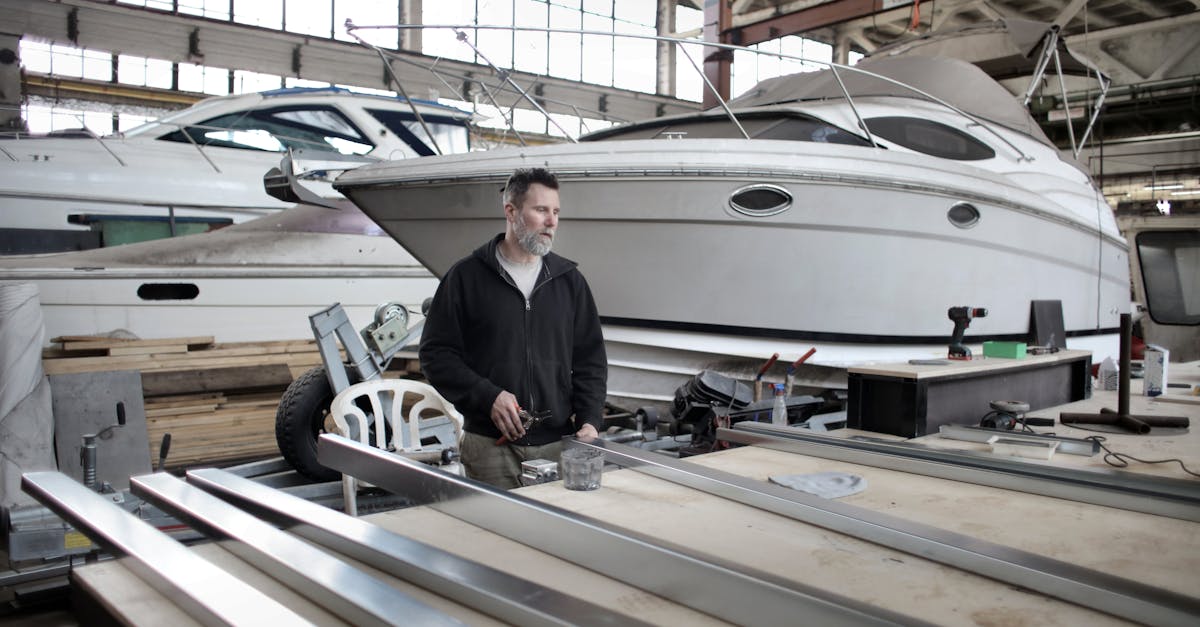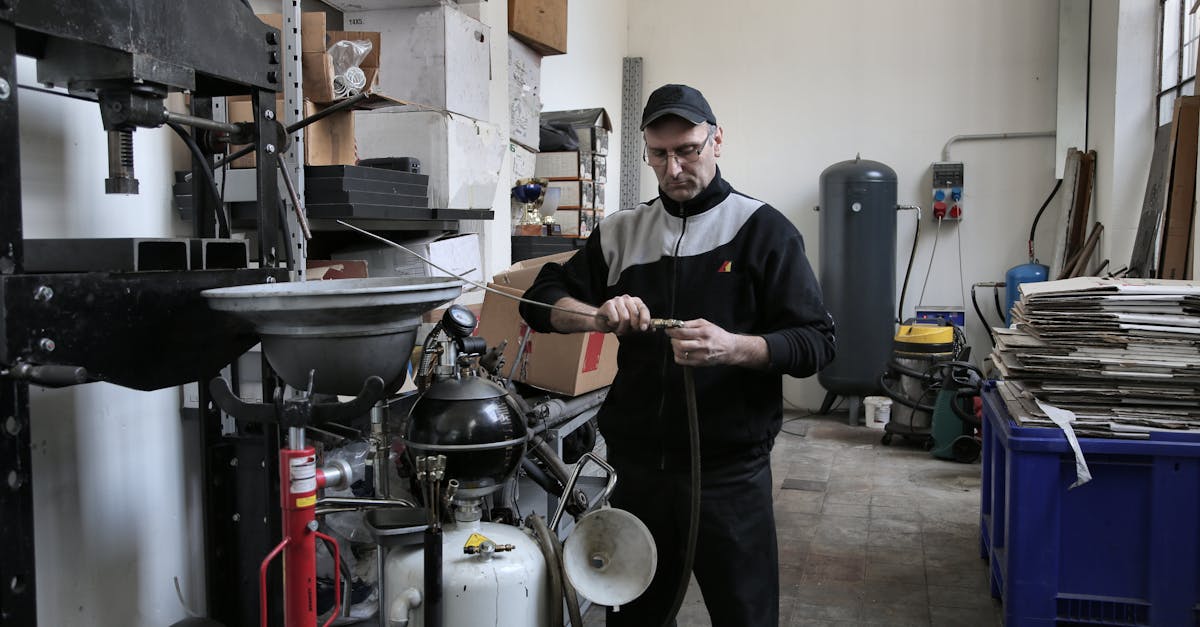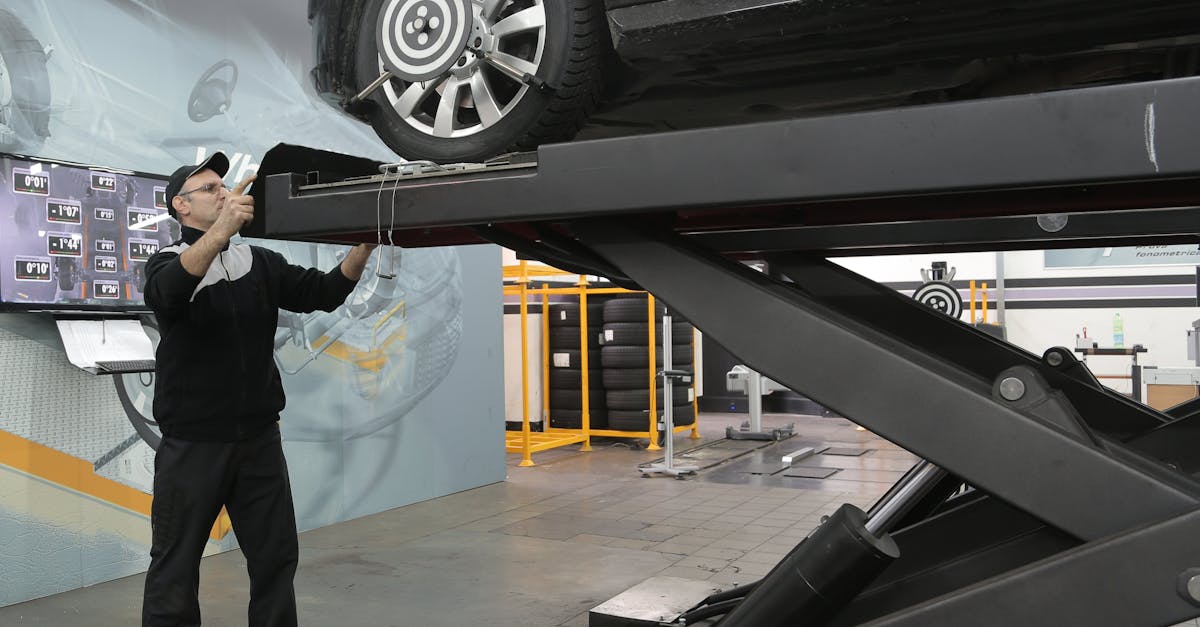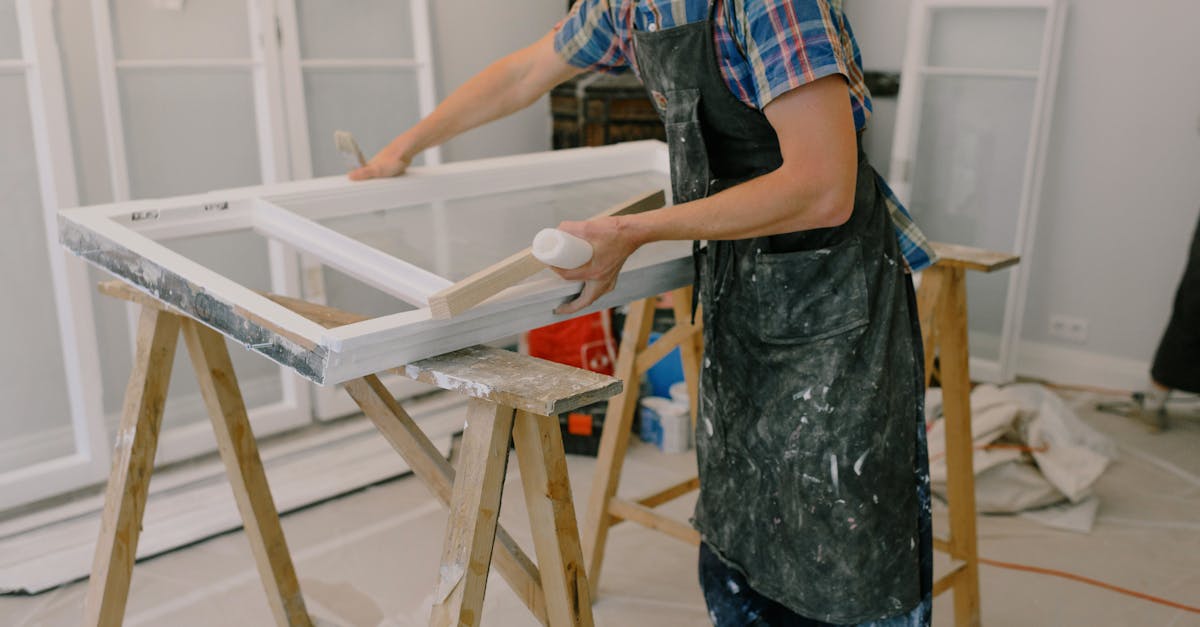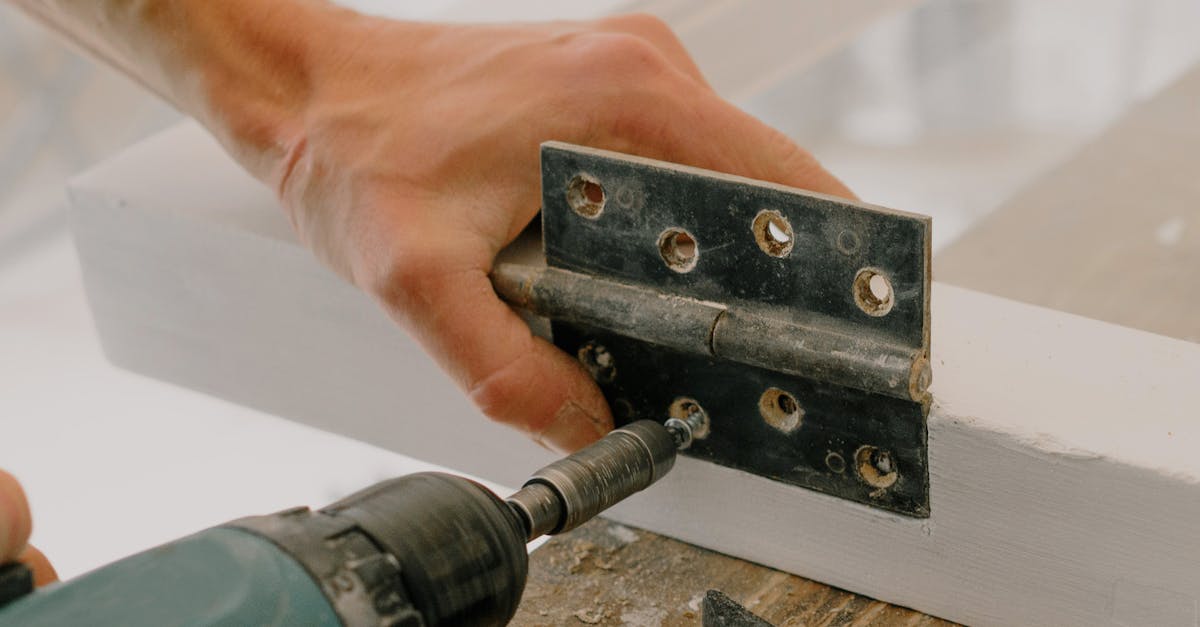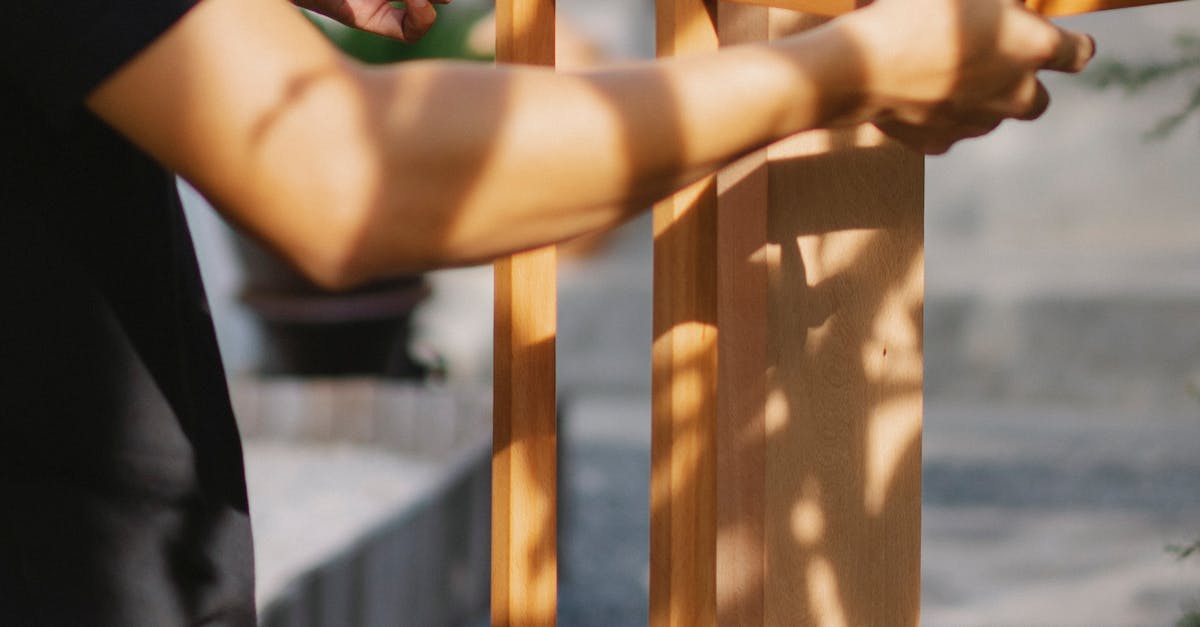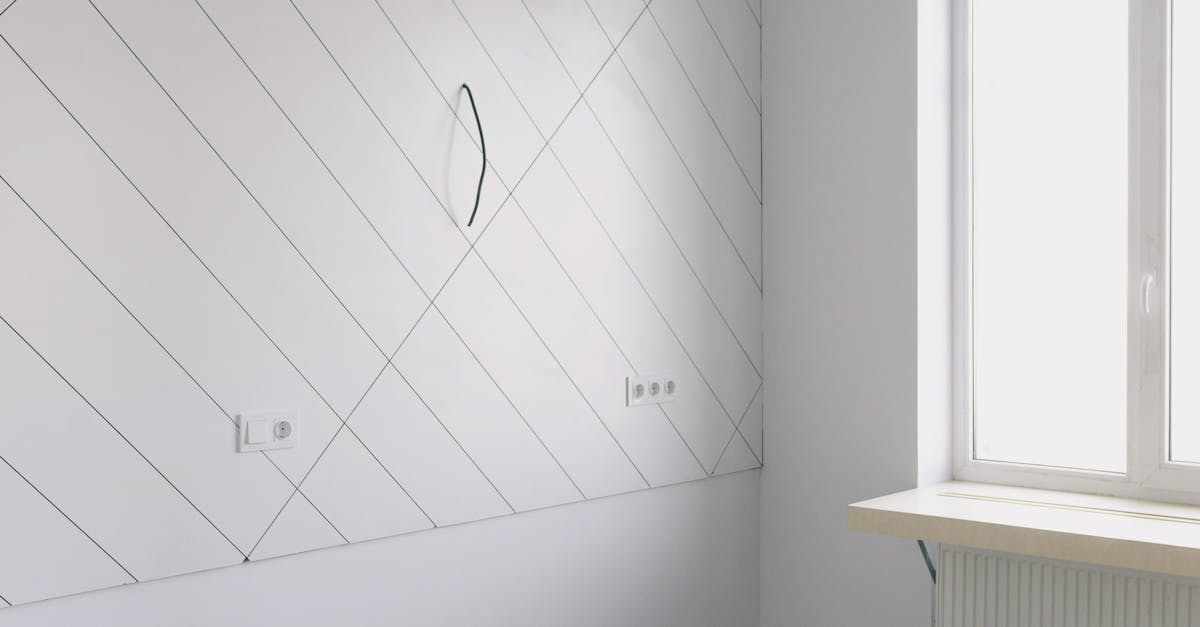
Table Of Contents
Maintenance Practices
Proper maintenance practices are essential for extending the life of cast iron sewer pipes. Regular inspections can help identify early signs of corrosion or leaks. Clear any debris or tree roots from the pipe's exterior to prevent blockages. It’s also beneficial to check any joints or connections, ensuring they remain secure. If problems are detected, addressing them promptly can save both time and money in the long run. Sewer line installation and repair work should be carried out by professionals to ensure that the pipes are adequately maintained over the years.
Additionally, using a routine cleaning schedule can help maintain the integrity of cast iron sewer pipes. Hydro-jetting offers a powerful method for removing stubborn clogs without damaging the pipe itself. Avoiding harsh chemicals is crucial, as they can accelerate corrosion. Educating household members about what can and cannot be flushed down toilets can mitigate unnecessary strain on the sewer system. Implementing these practices will contribute to a reliable and effective plumbing system, ultimately prolonging the life expectancy of the pipes in use.
Tips for Extending Pipe Longevity
Regular maintenance is essential for extending the life of cast iron sewer pipes. Homeowners should conduct inspections to identify any potential issues, such as cracks, corrosion, or blockages. Clearing debris and tree roots that may infiltrate the pipes can prevent significant problems down the line. Using professional services for sewer line installation and repair provides assurance that the work is done correctly and safely, ultimately enhancing the longevity of the system.
Additionally, using water treatment methods can help protect the integrity of cast iron pipes. Avoid flushing non-biodegradable materials down the toilet, as these can contribute to clogs and unnecessary stress on the sewer system. Implementing a regular maintenance schedule with qualified plumbers, who understand the specifics of cast iron, can lead to early detection of issues, further prolonging the lifespan of sewer pipes. Awareness of the factors that can affect pipe durability is crucial for homeowners looking to safeguard their investment.
Replacement Options
Homeowners considering alternatives to cast iron sewer pipes have several options available. PVC pipes are a popular choice due to their lightweight nature and resistance to corrosion. They are easier to handle during sewer line installation and repair, often leading to reduced labour costs. Additionally, HDPE (high-density polyethylene) pipes provide excellent durability and flexibility, making them suitable for various soil conditions and environments. Their resistance to chemicals and roots further enhances their appeal for long-term sewer systems.
Another alternative is the use of vitrified clay pipes. These pipes have a long history of effectiveness and durability, resisting both chemical degradation and tree root intrusion. While generally more expensive to install compared to PVC, they may offer a longer lifespan and lower maintenance costs. When selecting the right material, it's essential to consider the specific needs of the property and local regulations surrounding sewer line installation and repair. Consulting with professionals can provide valuable insights into the most suitable options based on individual circumstances.
Alternatives to Cast Iron Sewer Pipes
In recent years, several alternatives to cast iron sewer pipes have gained popularity for sewer line installation and repair. PVC (polyvinyl chloride) pipes are commonly used due to their lightweight nature and resistance to corrosion. These plastic pipes are easy to handle and install, making them an attractive option for both new installations and replacements. Another alternative is HDPE (high-density polyethylene), which offers exceptional durability and flexibility. This type of piping can withstand soil movement and is resistant to chemicals, which further enhances its lifespan.
Relining methods also present a viable alternative, allowing for the rehabilitation of existing pipes without the need for extensive excavation. This approach often involves inserting a resin-saturated liner into the damaged pipe, creating a new, durable surface. Additionally, concrete or fibreglass pipes are sometimes utilised, offering enhanced strength for specific applications. These options cater to various needs and budgets, transforming the landscape of sewer line installation and repair while providing effective solutions for maintaining drainage systems.
Cost Implications
The cost implications of installing or repairing cast iron sewer pipes can be significant. The thickness and durability of cast iron contribute to its longevity, but they also make the material heavier and more expensive to transport and install. Additionally, when repairs are necessary, the labour involved often requires skilled tradespeople familiar with working on older systems, which can further inflate costs. Sewer line installation and repair often involve additional expenses, such as obtaining permits and ensuring compliance with local regulations.
In contrast to the apparent robustness of cast iron, budget-conscious homeowners may find alternatives that offer lower upfront costs. PVC and ABS plastics are popular substitutes that require less labour and are easier to handle. While these materials generally have shorter life expectancies, their lower installation costs can make them appealing, particularly for those facing immediate budget constraints. When weighing options, it is essential to consider both initial expenses and potential long-term maintenance costs associated with different materials.
Budgeting for Pipe Replacement
Budgeting for pipe replacement involves a thorough understanding of the costs associated with sewer line installation and repair. Homeowners should consider several factors, including the materials selected, labour expenses, and any additional fees that may arise during the process. Cast iron pipes, while durable, can lead to significant repair bills over time if they deteriorate. It’s wise to get multiple quotes from contractors to ensure a realistic financial plan, allowing for unexpected expenses.
Setting aside a contingency fund is also advisable when planning for pipe replacement. The intricacies of each property can bring unforeseen challenges during installation, which may inflate costs. Homeowners often overlook the necessity for additional site preparation or the potential need for permits and inspections. A well-structured budget not only accommodates initial costs but also prepares for maintenance down the line, ensuring a financially sound approach to sewer line installation and repair.
FAQS
What is the average life expectancy of cast iron sewer pipes?
The average life expectancy of cast iron sewer pipes is typically between 50 to 100 years, depending on factors such as maintenance and environmental conditions.
How can I extend the lifespan of my cast iron sewer pipes?
Regular maintenance practices, such as routine inspections, cleaning, and prompt repairs, can help extend the lifespan of cast iron sewer pipes.
What are the signs that my cast iron sewer pipe needs to be replaced?
Common signs that your cast iron sewer pipe may need replacement include frequent clogs, visible corrosion, leaks, or unusual noises coming from the plumbing system.
Are there alternatives to cast iron sewer pipes?
Yes, alternatives to cast iron sewer pipes include PVC, ABS, and HDPE pipes, each offering different advantages in terms of cost, weight, and resistance to corrosion.
How much should I budget for replacing cast iron sewer pipes?
The cost for replacing cast iron sewer pipes can vary widely, depending on factors such as the length of the pipe, accessibility, and local labour costs; it's advisable to obtain multiple quotes for accurate budgeting.
